Scientific Name: Mentha Piperita
Origin: USA
Plant Part: Herb
Scent: Fresh and Herbaceous
Color: Colorless to Pale Yellow
Consistency: Thin
Perfumery Note: Top
Initial Aroma Strength: Strong
Extraction Method: Steam Distilled
Organic Peppermint Essential Oil: Uses, Benefits, and Blends
If you’ve never experienced the tingling sensation of Organic Peppermint Essential Oil, get ready to be invigorated. The menthol in Peppermint offers a unique cooling sensation that will leave your senses feeling alive. This same cooling sensation can also work as an analgesic, helping to combat pain from sore muscles and headaches. Try adding a burst of Peppermint Oil to your daily routine to start the day refreshed and energized.
You are likely very familiar with the herb Peppermint, but did you know it was a hybrid? Yep! Peppermint is a cross between two other plants in the Lamiaceae family (the Mint family): Spearmint and Water mint! As a hybrid, Peppermint is considered to be a sterile plant, which means it does not spread seeds. Instead, it grows new plants off of different parts of the old plant. This Organic Peppermint Essential Oil is made up of 35.5% Menthol, which offers a pain-numbing, cooling effect. In traditional medicine, Peppermint Oil is often used to help with pain relief from headaches, sore muscles, and other minor ailments. It is also popular with organic gardeners, as the Menthol can help to repel rodents, wasps, and other uninvited guests.
Organic Peppermint Essential Oil Benefits: Component Breakdown
- L-Menthol (35.5%): Menthol occurs naturally in plants of the mint family, or it can also be produced synthetically. In medicine, it is considered to be a local anesthetic, as well as an anti-irritant. It also is what gives Peppermint its traditional Peppermint taste and aroma, which is why you will also see Menthol in use as a flavoring agent in many different foods, products, and beverages.
- Menthofuran (3.6%): Menthofuran is an organic plant compound, classified as a monoterpenoid.
Organic Peppermint Essential Oil Uses: For Wholesale Purposes
Headaches
If you suffer from regular migraines or headaches, Organic Peppermint Essential Oil can be a great alternative to your usual painkillers. The Menthol in Peppermint acts as an analgesic, helping to numb pain. The easiest way to apply it is through an ointment or roller bottle. Keep reading for an easy DIY rollerball blend to get quick relief from head pain!
Peppermint Essential Oil for Scalp & Hair
Organic Peppermint Essential Oil acts as a vasodilator, due to the presence of Menthol. This means it helps to promote blood flow, increasing circulation. Using diluted Peppermint Oil on your scalp can help get blood, oxygen, and nutrients to the hair follicles, making them bigger and stronger. This leads to faster-growing, thicker, longer hair. As Peppermint is also an antifungal, it can also help to prevent issues such as dandruff and itching on your scalp.
Soap Making

Adding Organic Peppermint Essential Oil to your soap or shower gels can offer a delicious kick to start your morning. The cooling, tingling sensation of Menthol will awaken all your senses, and the antibacterial properties of Peppermint will leave you feeling fresh and clean. The aroma is minty and bright, creating soaps that are great for both men and women.
DIY Organic Peppermint Essential Oil Headache Relief Rollerball
For this easy-to-make blend you will need the following materials:
- Organic Peppermint Essential Oil (Mentha Piperita) x 10 Drops
- Eucalyptus Essential Oil (Eucalyptus Globulus) x 10 Drops
- Lavender Essential Oil (Lavandula Angustifolia) x 10 Drops
- Rosemary Essential Oil (Rosmarinus Officinalis) x 10 Drops
- Carrier Oil (Fractionated Coconut, Jojoba, Sweet Almond, etc.)
- Rollerball (Preferably Dark Glass)
Add the Essential Oils to the rollerball, and then top up with the Carrier Oil of your choice. Tip it back and forth and shake a few times to thoroughly combine, then roll it onto the temples, back of the neck, or wherever you need relief. As the Menthol offers a cooling sensation be careful not to apply it near the eyes, as it can cause burning.
Organic Peppermint Essential Oil Blends: Best Suitable Oils
Peppermint blends well with Lavender, Rosemary, Thyme, and Citrus Oils such as Lemon, Lime, and Grapefruit. You can also pair it with more Woodsy Essential Oils, such as Balsam Fir or Cedarwood, for a more masculine effect.
Precautions
Though there are specific Peppermint capsules that are intended to be taken orally, Organic Peppermint Essential Oil should not be ingested. This is because of its high concentration. Certain ingredients in Peppermint Oil are highly toxic to pets and should be kept out of the way of them as well as small children. If you wish to use Peppermint Oil topically, ensure that you follow the correct dilution guidelines to ensure no skin irritation or reaction.
Flash Point
90 °C
Conclusion
With its fresh, invigorating aroma, Organic Peppermint Essential Oil is great for DIY hygiene products like soaps and shower gels. Furthermore, its analgesic properties make it great for fast relief of headache and muscle pain when diluted and applied topically. As with any essential oil, always take care to never ingest or get it near your eyes, and keep away from small children and pets.

- Reviews
- Questions


smell very nice.
Not only does it work as a natural insect repellant but adding a couple drops inside old vehicles makes them smell very nice.
The price is competitive.
The real deal - mentha piperita - and I appreciate that. I've ordered it elsewhere and gotten mentha arvensis. It's perfect for my soap making, and I love that it's organic! The price is competitive.
You may also like
Recently viewed

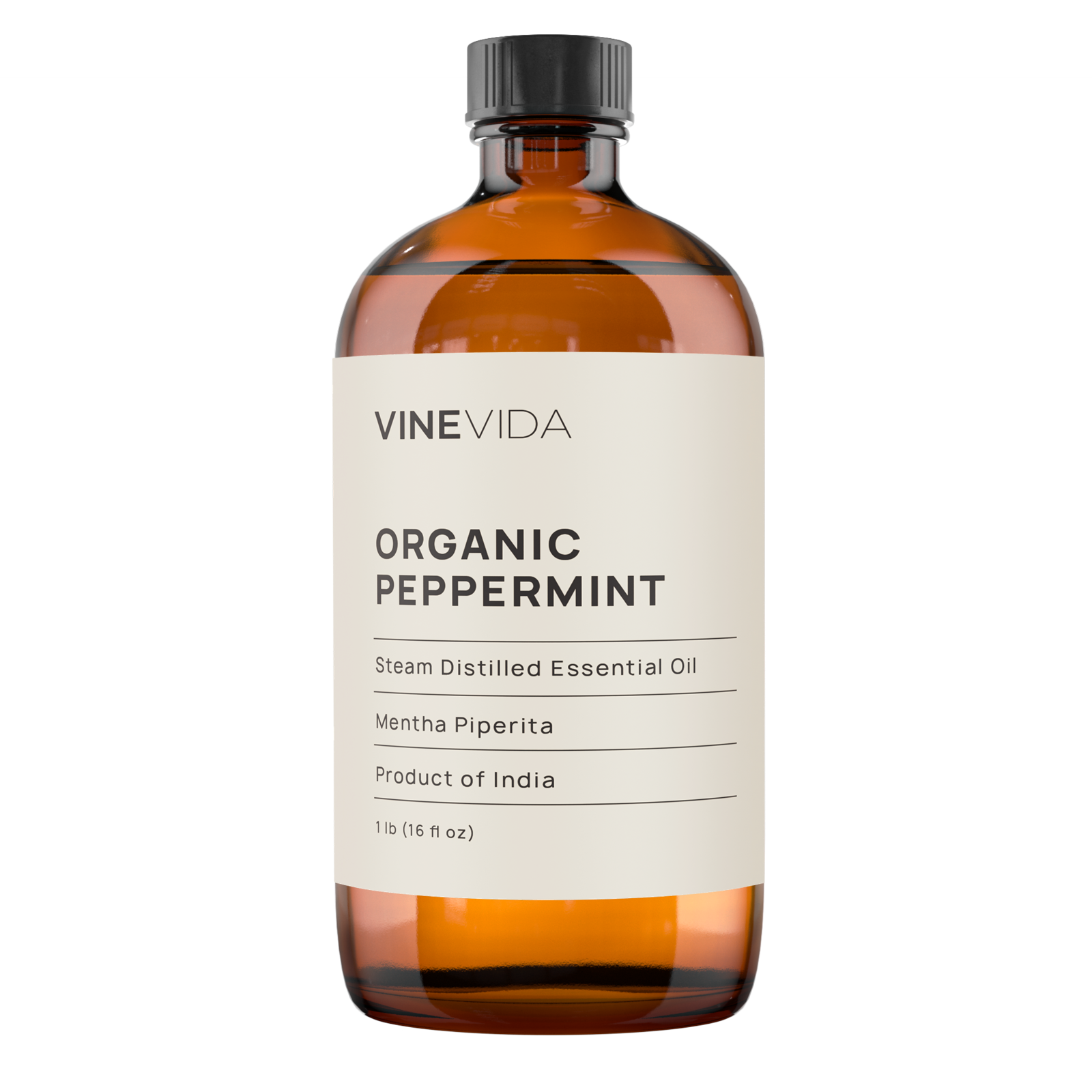

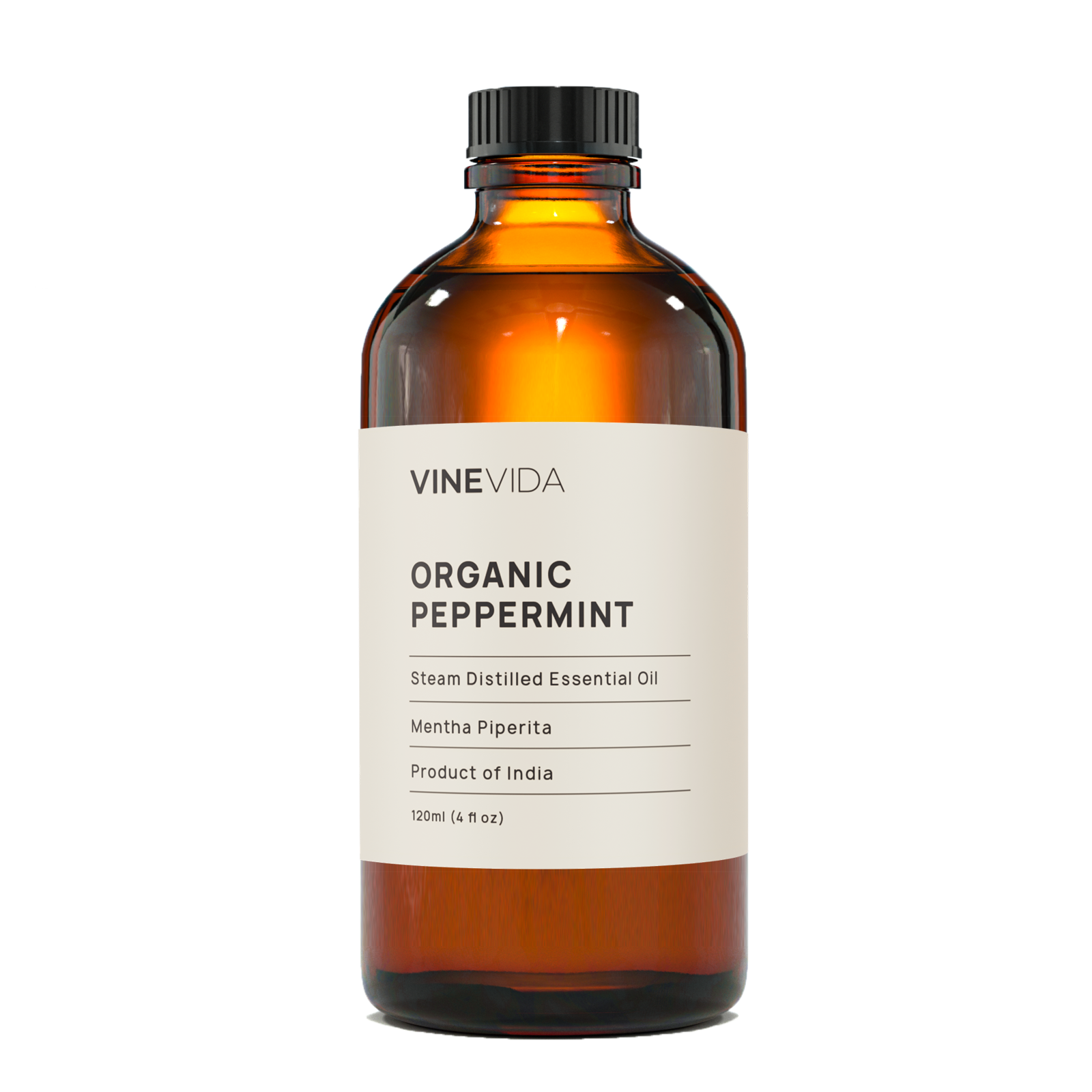
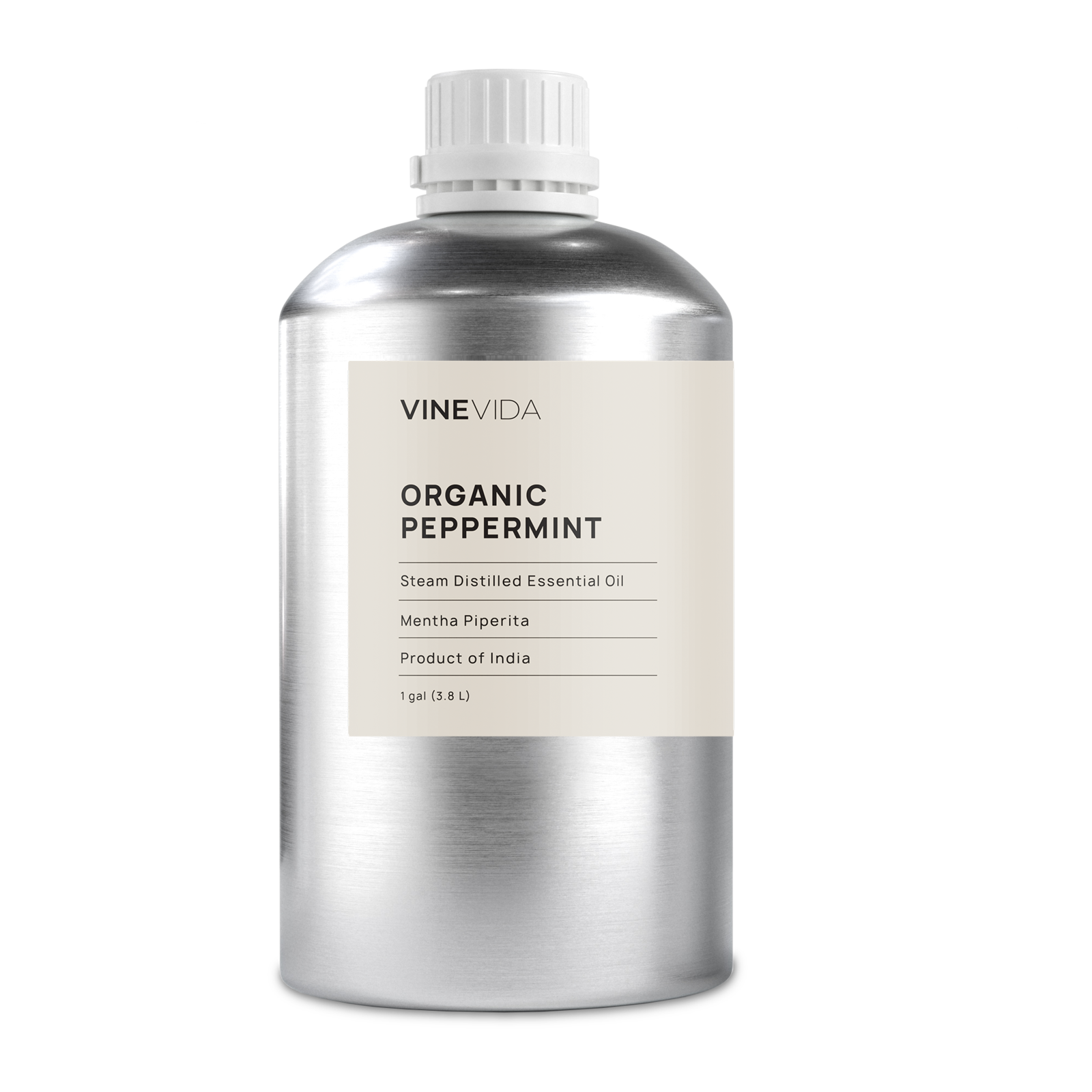
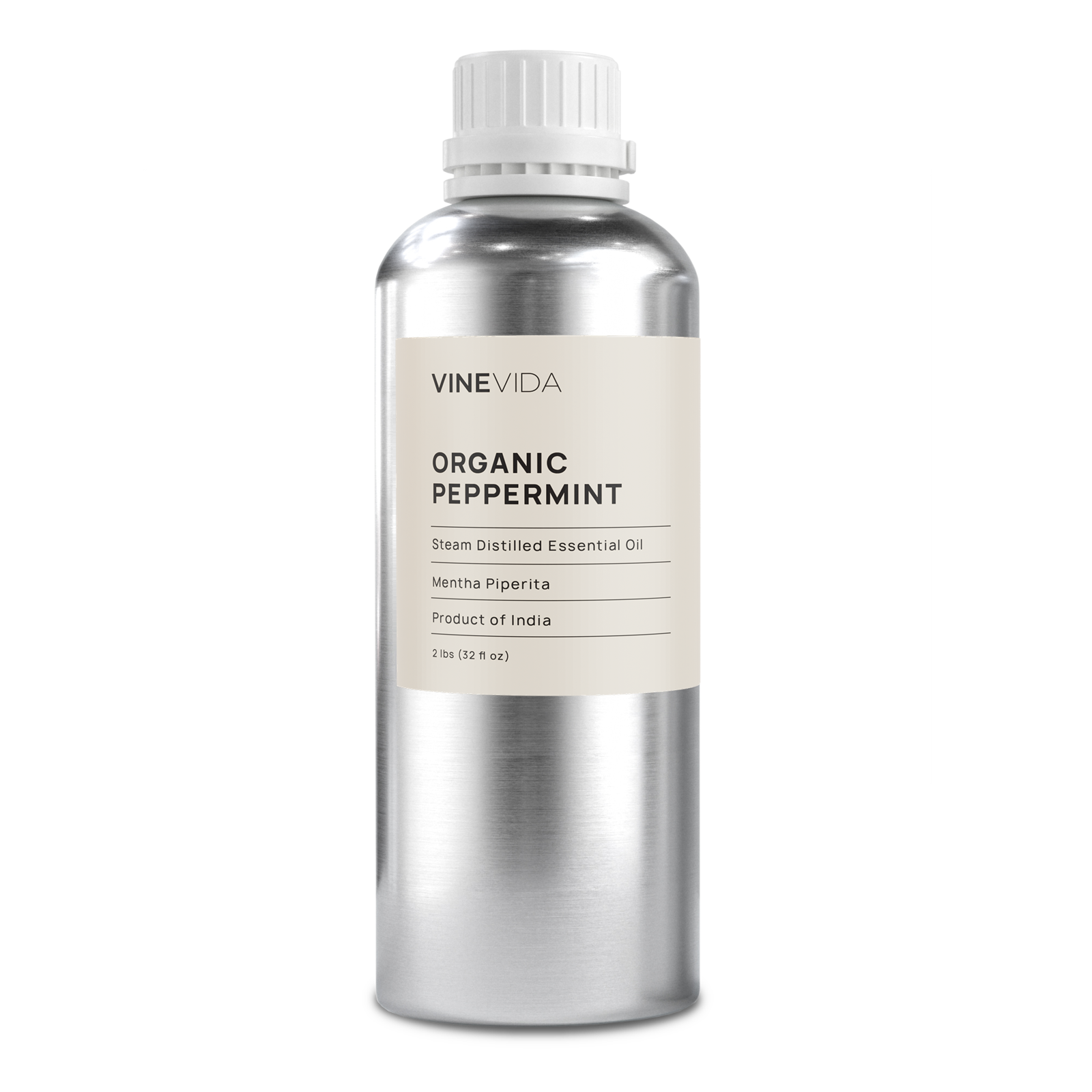
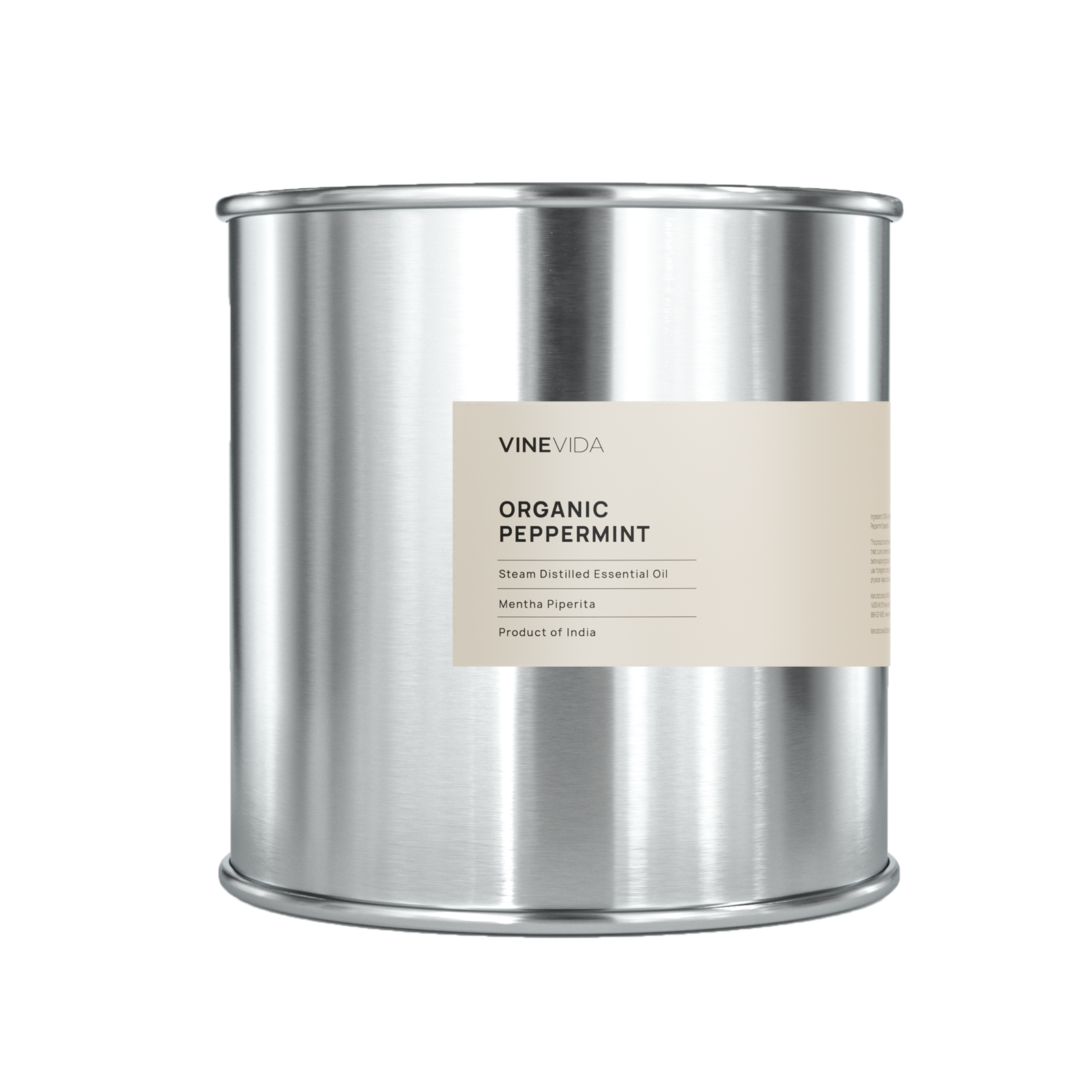

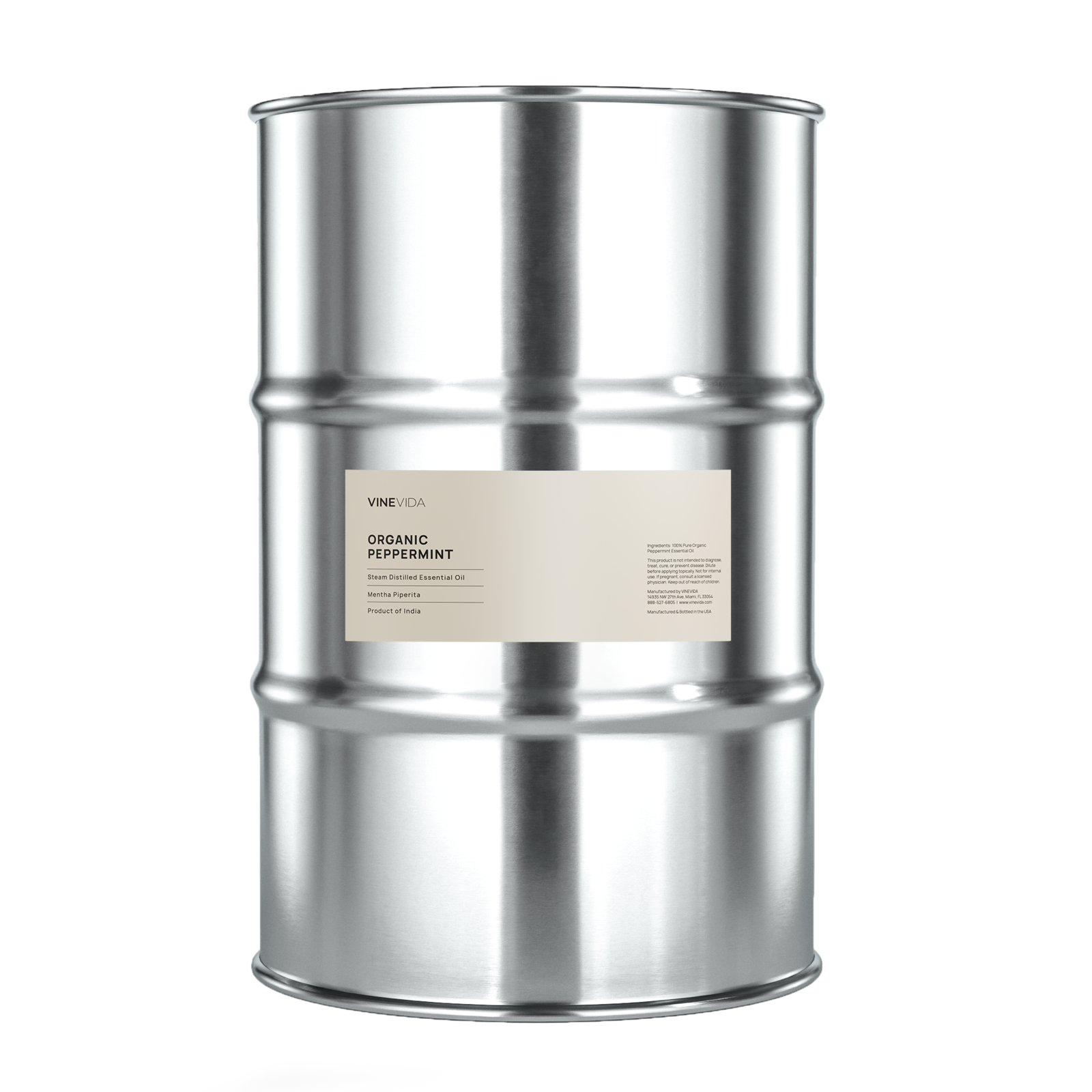





 Safety Data Sheet
Safety Data Sheet


















